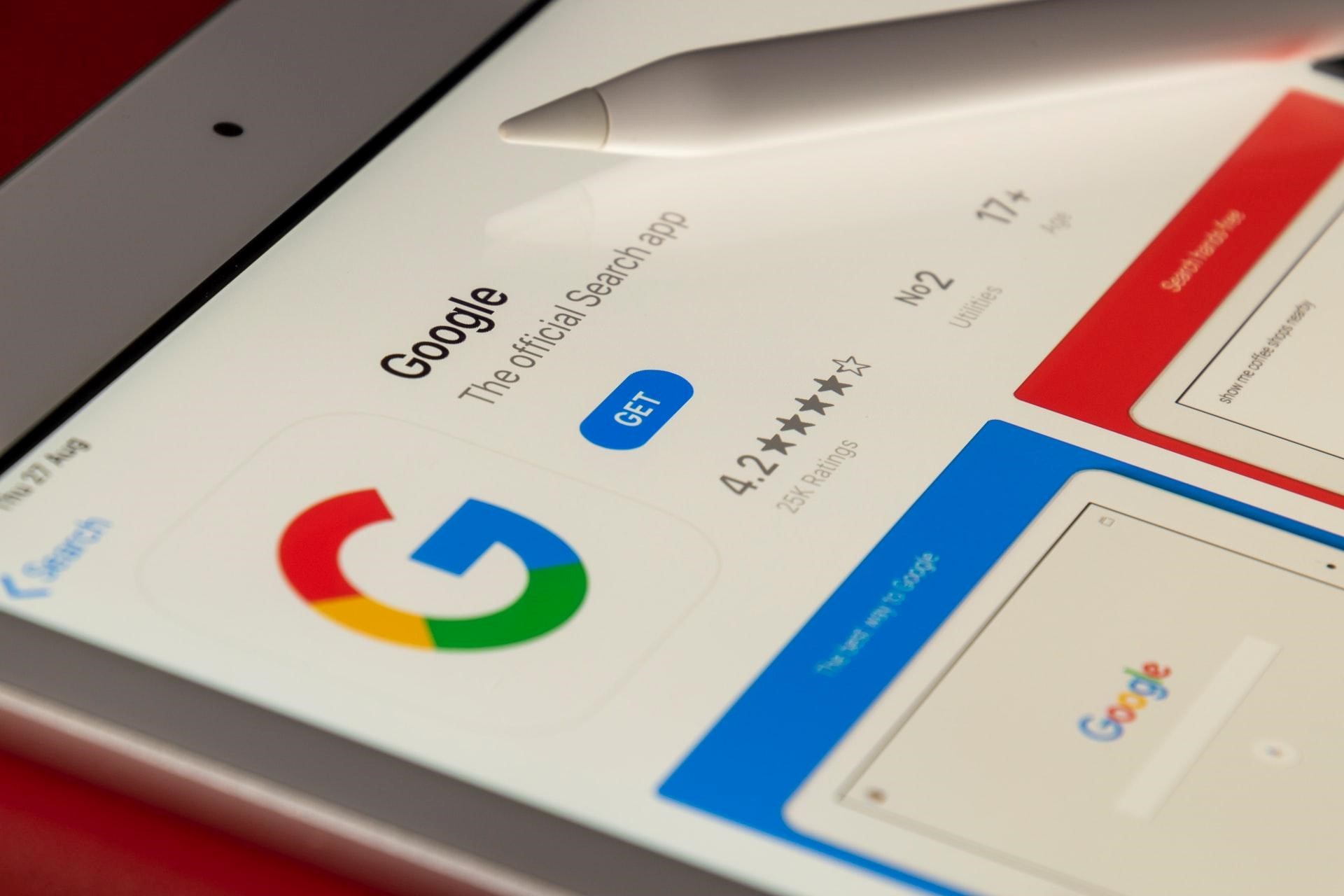
Your eCommerce store is set up and ready to do business but you’re struggling to a) get traffic to your site and b) retain the visitors who do click through. Using SEO best practices can propel your site up search engine results pages and ensure that it meets the needs of potential customers.
Below, you’ll find some ideas to hone your SEO strategy and strengthen your online brand.
Design a User-Friendly Website
When website design isn’t on point, it can be a dealbreaker. Consumers want a user-friendly eCommerce store with a visually appealing, clean user interface (UI).
Information Architecture
Effective website design makes it easier for potential customers to find what they want in your store and progress down your marketing funnel. Aim for a smooth flow from introduction to education and eventually purchase and retention.
Shopify SEO is straightforward because many of the design best practices below are baked into Shopify stores.
Logical information architecture involves:
- A small number of tabs and product categories that make sense
- Important details presented prominently and higher up the page
- Navigation signposts for an uncomplicated consumer journey
- Visible search functionality
- Use of bullets, lists and white space to hold attention and prevent visual fatigue
Responsiveness
Pages that load quickly are essential to a solid user experience (UX) and affect your ranking. Having too many pictures on a page without the necessary backend support will hamper your load time and your position in search engine results pages (SERPS).
By building responsiveness into your website’s backend, your conversion rates will go up. And the proportion of visitors who quickly abandon your site, also known as your bounce rate, will decrease. These are the key performance indicators you’ll want to keep an eye on.
Mobile-Friendly
If your eCommerce store isn’t mobile-friendly in a world dominated by smartphones, you’re missing a crucial piece of the digital marketing puzzle.
Meet Expectations
Veer too far away from design conventions and you’ll cause confusion and affect your site’s success. For example, stick to including links to your Contact Us, FAQ and About Us pages on your homepage footer.
Visitors expect to see certain information in certain places, or they feel like they are wasting time.
Keywords and Content Marketing
A blog on your eCommerce store will only bear fruit if it contains vital keywords and offers visitors useful and interesting content.
Keywords are the combination of words people search for when they’re looking for particular products. If you offer relevant products, your website content needs to reflect these keywords, either in your product listings or in your blog posts. This enables your site to rank higher on SERPs.
There are online tools you can use to discover keywords. In addition to using these keywords in the body of your site, incorporating them in your meta descriptions, page titles and alt tags will also aid your cause.
Avoid Keyword Stuffing
Keywords need to be popular enough to show up in searches. But they also need to be specific enough to your unique offering to limit the amount of competition you’re up against.
Making the most of keywords is something of an art and a science. You need to include the keywords you want to rank for without noticeably stuffing your content with them.
It’s a delicate balance, but if your blog posts feel like they are there to serve you rather than your leads, your content marketing will ultimately fail. Visitors will notice and be put off by any unnatural, clunky use of keywords and search engines will too.
Pay Attention to the Details
Make Sure Your URL is Clear
If someone shares a link to your eCommerce store, the recipient should know what to expect from the link. A link full of meaningless letters and symbols is less likely to be clicked on because it conjures up a whole lot of nothing.
Search engines like URLs with keywords in them.
Make Your Image Alt Text Count
Image alt text is one of the ways that visually impaired people traverse the world wide web. Search engine spiders, the internet bots that crawl their way through the internet to index websites, also seek out context-providing alt text.
Use keywords in image alt text and you’ll facilitate the appearance of your product or service in search engine image results.
Develop Valuable Inbound Links
Links to your store from credible websites can generate much-needed traffic for you. This traffic makes your site look more authoritative and trustworthy to search engines. Blackhat SEO tactics and paid links do the opposite.
Rather focus on creating relationships with brands that are in your wheelhouse and have overlapping target markets. You can then link to these brands in your blog and vice versa.
Getting featured on a major publisher’s site or even a hyperlocal site is an achievement. These sites with large or dedicated followings can boost your brand awareness and your ranking in SERPs.
Work to acquire these features and use your email newsletter and social media to produce integrated omnichannel campaigns and amplify your efforts.
Or focus on creating a special product or valuable content that other sites will want to talk about and share without any overtures from your side.
Embrace Customer Reviews
Product pages with reviews make an impact on conversion. Consumers want access to authentic knowledge of your product and positive reviews often seal the deal.
These reviews tend to include variations of keywords that can benefit your ranking.
It’s worth reiterating that astroturfing and underhand tactics aren’t a good idea here.
Key Takeaway
There are numerous SEO approaches to enhance your ranking in SERPs. A responsive website with a minimalist yet striking aesthetic is a good start. A well-thought-out use of keywords coupled with interesting and strategic content marketing can help your store stand out and convert visitors into frequent customers.




